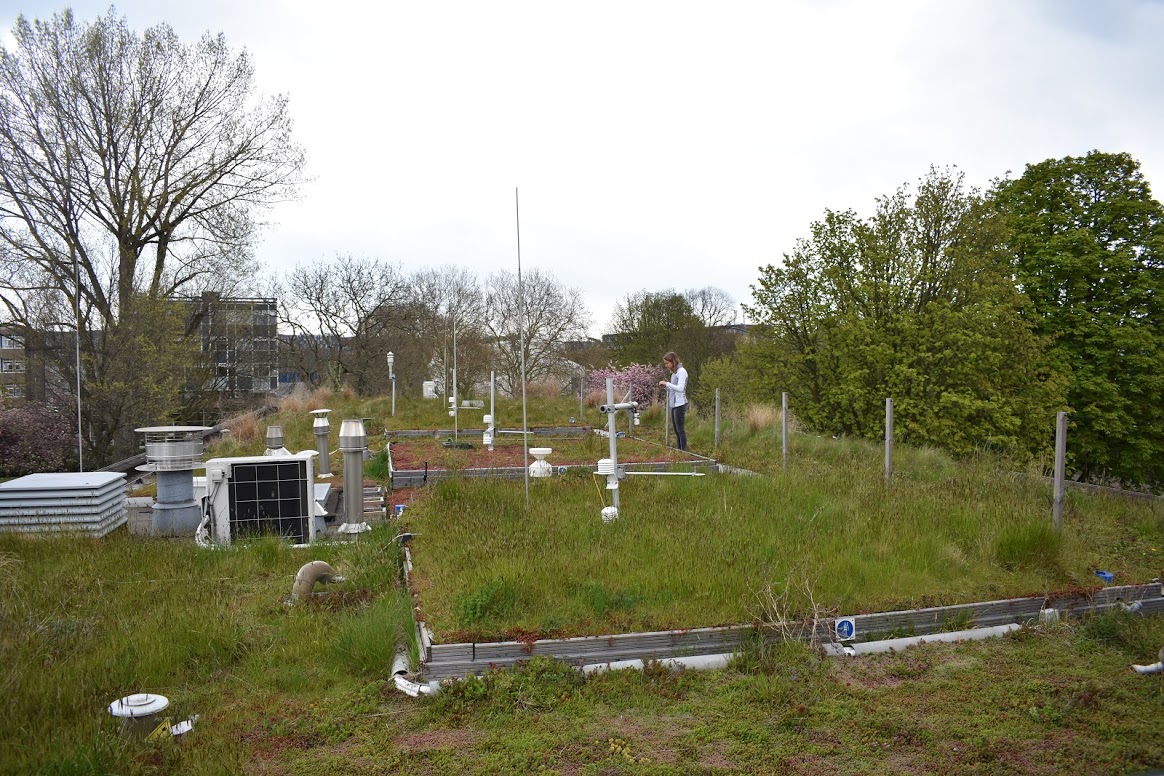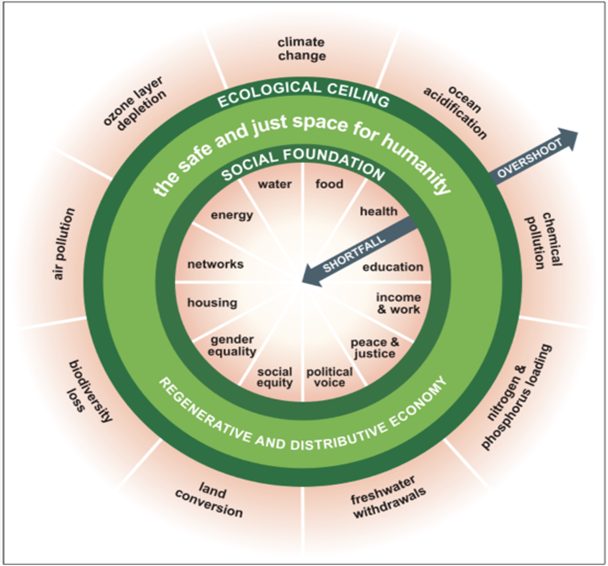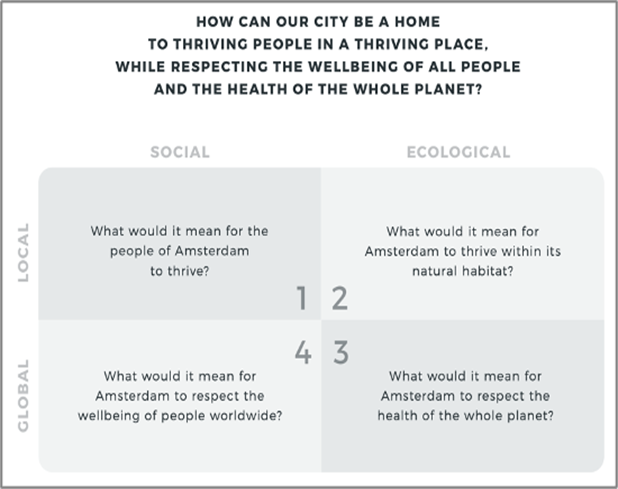The EU policy level recognises the existential threat that climate change and environmental degradation pose to Europe. It also acknowledges the insufficiency of conventional technological and governance approaches and the need for innovation. As such, the European Green Deal seeks to address these in transforming the EU into a modern, resource-efficient and competitive economy, ensuring that net emissions of greenhouse gases are achieved by 2050, where economic growth is decoupled from resource use and no person and no place is left behind (European Commission, n.d.). In particular: “… these transitions must be just and inclusive… The most vulnerable (people) are the most exposed to the harmful effects of climate change and environmental degradation. At the same time, managing the transitions will lead to significant structural changes in business models, skill requirements and relative prices. Citizens, depending on their social and geographic circumstances, will be affected in different ways” (European Commission, 2019).
Indeed, the social and environmental justice consideration in the overall societal transitions have been a key concern for many researchers and policy-makers for decades: The large-scale and transformational climate change mitigation measures required for moving to a climate neutral society will also trigger significant changes in the employment sector with an unequal distribution of benefits and costs under the current model of production and consumption (Rosemberg, 2010). At the end of the last century, coal mining trade unions in the United States and Canada were already concerned about workers’ and communities’ health and livelihood whilst preserving the natural environment (UNRISD, 2018). Subsequently, other organisations (i.e., United Nations Environment Programme (UNEP), International Labour Organization (ILO), United Nations Commission on Sustainable Development, and United Nations Framework Convention on Climate Change (UNFCCC)) have put Just Transitions on their agendas.
The discussions at the Conference of the Parties (COP) 15 in Copenhagen in 2009 revealed that “unless a job-friendly rationale was developed under climate change, there was the risk for this issue to be seen only under a gloom and doom perspective” (Rosemberg, 2010). The European Environment Agency stresses that the uneven distribution of the climate and environmental impacts closely reflects the socio‑demographic differences within Europe (European Environment Agency, 2018). In particular, lower socio-economic groups can often not afford to live in healthier areas and lack the means to adapt to climate change impacts. Groups with lower incomes may also be more affected by energy poverty if prices for clean energy rise and there is little access to energy-efficient housing (Stevis et al., 2020).
Failure to address these risks will undermine the need for widespread societal support required if the transition to climate neutrality is to succeed. Awareness of this has strongly shaped the EU policy response.
In this study, Just Transitions will refer to the diverse and complementary approaches needed to achieve a fair, inclusive climate neutral and resilient economy, addressing at the same time environmental, social and economic issues.






